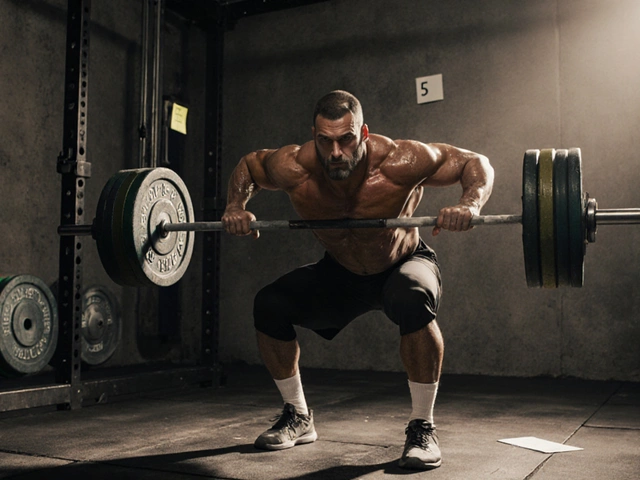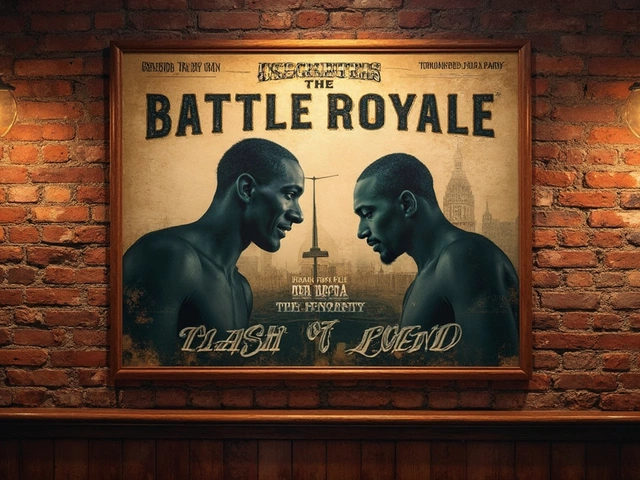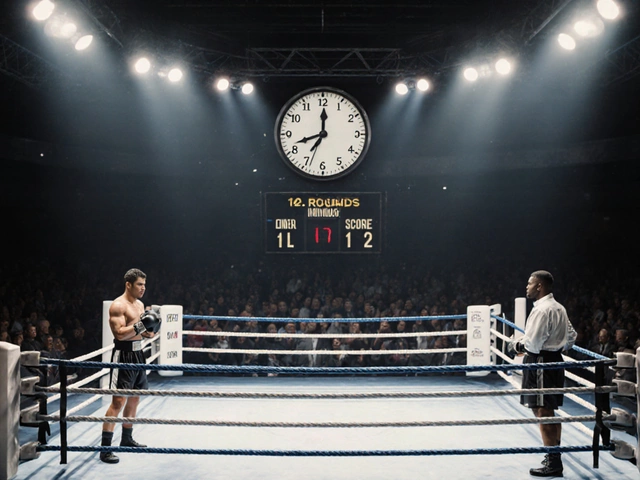Athletic Clothing: What Works, What Doesn't, and What Real Athletes Wear
When you put on athletic clothing, garments designed to support movement, manage moisture, and reduce friction during physical activity. Also known as sportswear, it's not just fabric—it's part of your training toolkit. Too many people buy flashy gear that looks good in a store but feels like a sauna on a run or restricts your squat. Real athletes don’t care about logos—they care about how the material moves with them, how fast it dries, and whether it stops chafing after mile three.
Performance fabric, synthetic materials like polyester, nylon, and spandex blends engineered for sweat-wicking, stretch, and durability is the backbone of good athletic clothing. It’s not magic, but it’s science. Brands like Nike, Under Armour, and even budget-friendly options use these fabrics because they work. Cotton? It holds sweat, gets heavy, and rubs you raw. You wouldn’t wear a wet towel to run a 5K—so why wear cotton shorts? Workout apparel, clothing designed specifically for gym sessions, runs, or sports training should hug without squeezing, breathe without sagging, and stay put whether you’re sprinting, lifting, or changing direction fast.
What you wear matters more than you think. A runner’s tights aren’t just for warmth—they stabilize muscles, reduce vibration, and can even cut recovery time. A compression top isn’t just for show; it helps with blood flow during long efforts. And don’t forget the little things: seamless seams, flatlock stitching, and tagless labels. These aren’t luxuries—they’re what keep you going when your legs are tired. You’ll see this in the posts below: athletes talking about gear that saved their knees, shirts that didn’t ride up during a marathon, or shorts that didn’t chafe after 10 miles. These aren’t reviews from influencers—they’re real stories from people who train hard and refuse to let bad clothing hold them back.
There’s no one-size-fits-all in athletic clothing. What works for a rugby player’s legs won’t necessarily work for a swimmer’s shoulders. What feels perfect on a 60-degree morning might trap heat at noon. The best gear adapts to your body, your sport, and your conditions. Below, you’ll find real advice from people who’ve tested gear in the rain, the heat, and the grind. No fluff. No hype. Just what actually makes a difference when you’re out there pushing yourself.
What is an Example of Sportswear?
Sportswear is more than just what's trendy; it's about function and comfort. From breathable fabrics in t-shirts to high-tech leggings, sportswear is designed to enhance performance and comfort. Whether you're running a marathon or just jogging in the park, the right sportswear can make a big difference. This article explores what makes sportswear essential and how to choose the best pieces for various activities.





